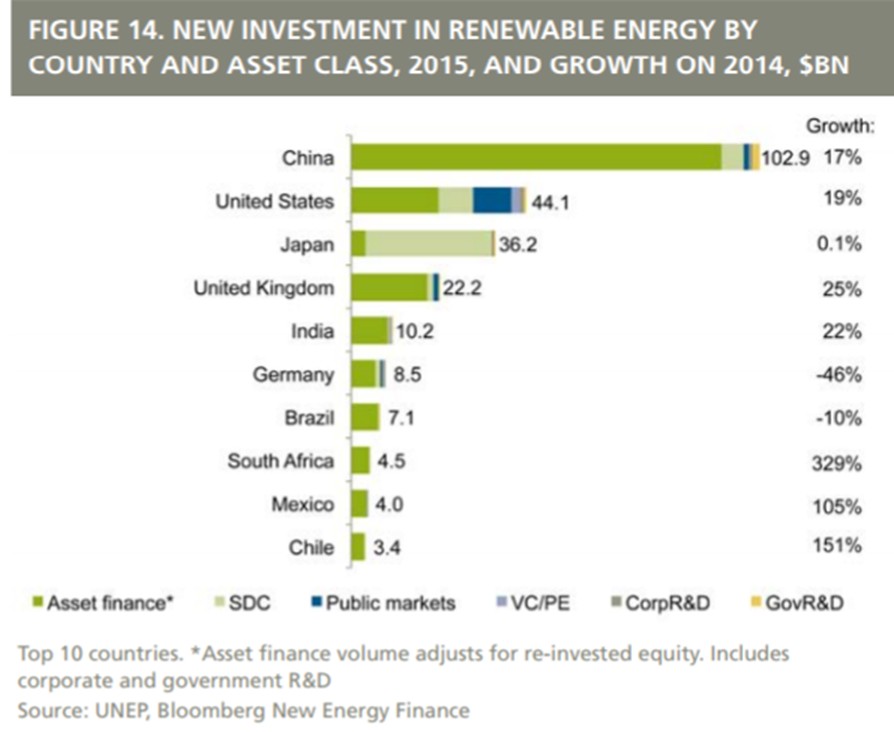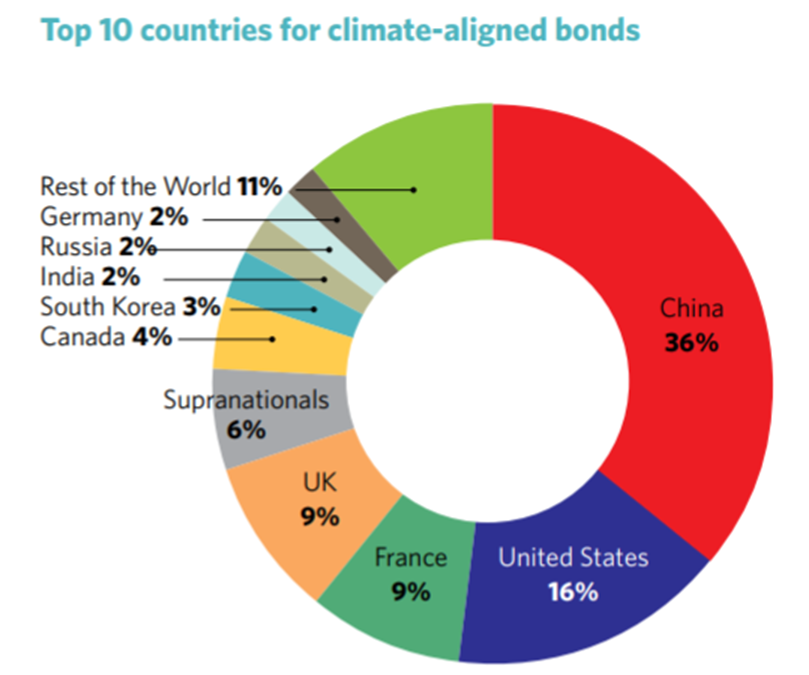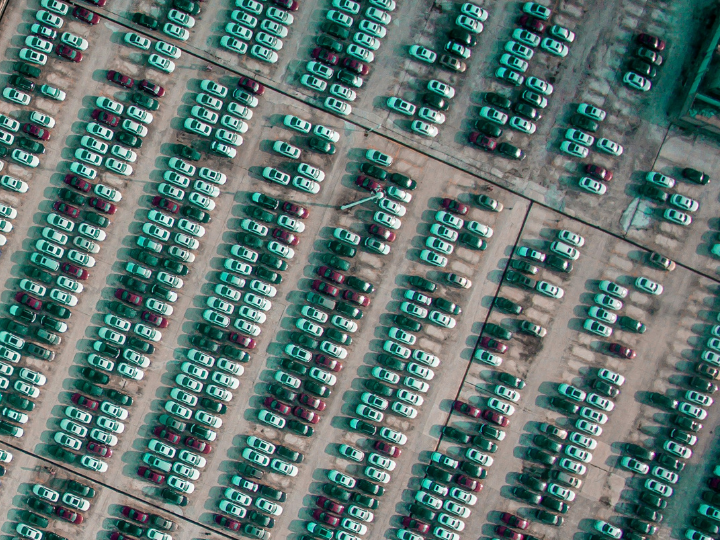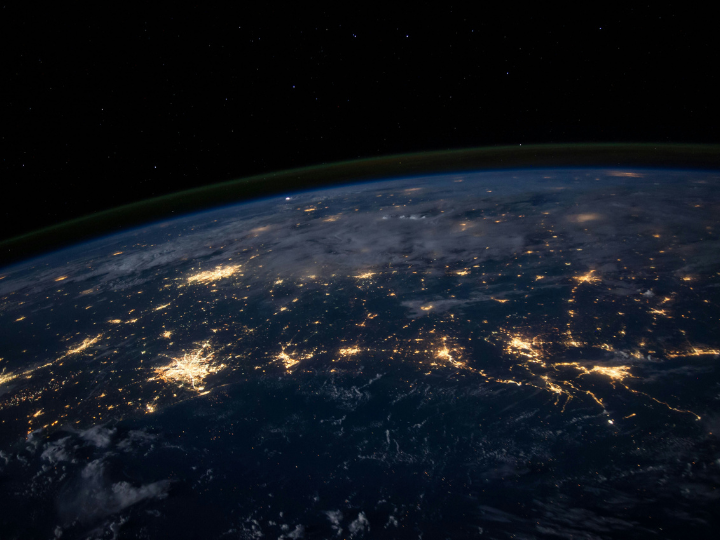When G7 leaders failed to convince President Trump to keep the US in the Paris Climate Accord back in May, French President Emmanuel Macron turned to the others and said, “China leads”

China is now the biggest producer of solar power after doubling its capacity in 2016. It has the world’s biggest solar farm on the Tibetan plateau where an array of four million panels nestles beneath the mountains.
by
Mark Jones*
Trump’s exit from the Accord is widely thought to mark the end of US leadership on climate action, at least for now. Some also see echoes of what’s happening in international trade where the US President’s talk of protectionism has led many to view China as the new standard-bearer for globalisation.
The idea of China leading on climate change might seem jarring to those used to images of Beijing and Shanghai choking with pollution. But public concern over air quality helps explain why China is doing so much. So which of the world’s top two polluters is doing most on climate action?
Who’s investing most in clean energy?
China is now the biggest producer of solar power after doubling its capacity in 2016. It has the world’s biggest solar farm on the Tibetan plateau where an array of four million panels nestles beneath the mountains.
When it comes to wind power, Goldwind of China overtook Vestas of the US to become the world’s largest wind turbine manufacturer.
Bloomberg New Energy Finance puts Chinese investment in renewable energy in 2015 at 102.9 billion dollars - more than double the US figure of 44.1 billion.
The picture is very similar for ‘green bonds’ - money raised by governments and corporations to tackle climate change and its effects. Of all the bonds issued to date, the US has raised $111 billion and China $246 billion.
Who is most innovative?
Media coverage tends to focus on Tesla and other American and European car manufacturers’ electric car ventures. Far less is reported about Chinese carmakers and their market.
Beijing, a city of 20 million, plans to invest $1.3 billion to convert the city’s 70,000 taxis to electric power following successful pilots in smaller Chinese cities. The International Energy Agency says that efforts like that mean that in 2016, more battery electric vehicles were sold in China than in the US, Norway, Britain, France, Japan and Germany combined.
The ‘sharing economy’ isn’t quite the same as climate action but it is about better use of resources. And while business headlines focus on US ‘sharing economy’ giants like Uber and AirBnB, far less is known about their Chinese equivalents. The sophistication of the Chinese market suggests it’s the world’s largest sharing economy.
Meanwhile, China has started work on a market for carbon emissions - a way of reducing pollution using monetary incentives - which, if successful, would overtake that of the EU as the world’s largest. The US has no equivalent scheme, although there is one in California.
Who’s reducing carbon emissions fastest?
In 2015, China accounted for 29% and the US for 15% of global emissions. China’s population is of course far higher and when you look at per capita emissions China produces 7.5 tonnes a year against 18 tonnes for the US. So while China’s emissions fell 0.7% during the year, lagging behind those of the US (down 2.6%) it could be argued that the fall is from a much lower (per capita) base.
Leadership isn’t just about government
An important point about the Paris Accord is that while national governments have agreed the framework and targets for action, much of the action will be from other players, including regional and city governments and businesses.
Dozens of US Mayors, 10 US states and a host of businesses have announced they are sticking to the Paris Accord, many of whom are listed on the ‘We Are Still In’ site.
In contrast, China’s national commitments can be expected to flow more directly into sub-national and business action.
While there has been an important symbolic shift in leadership, the next few years will show who is leading the transition to low-carbon and climate-friendly economies and societies.
*Head of Digital Content, The World Economic Forum
**First published in www.weforum.org







